Powerloom’s 2024 Recap: Building Up For Mainnet in January 2025
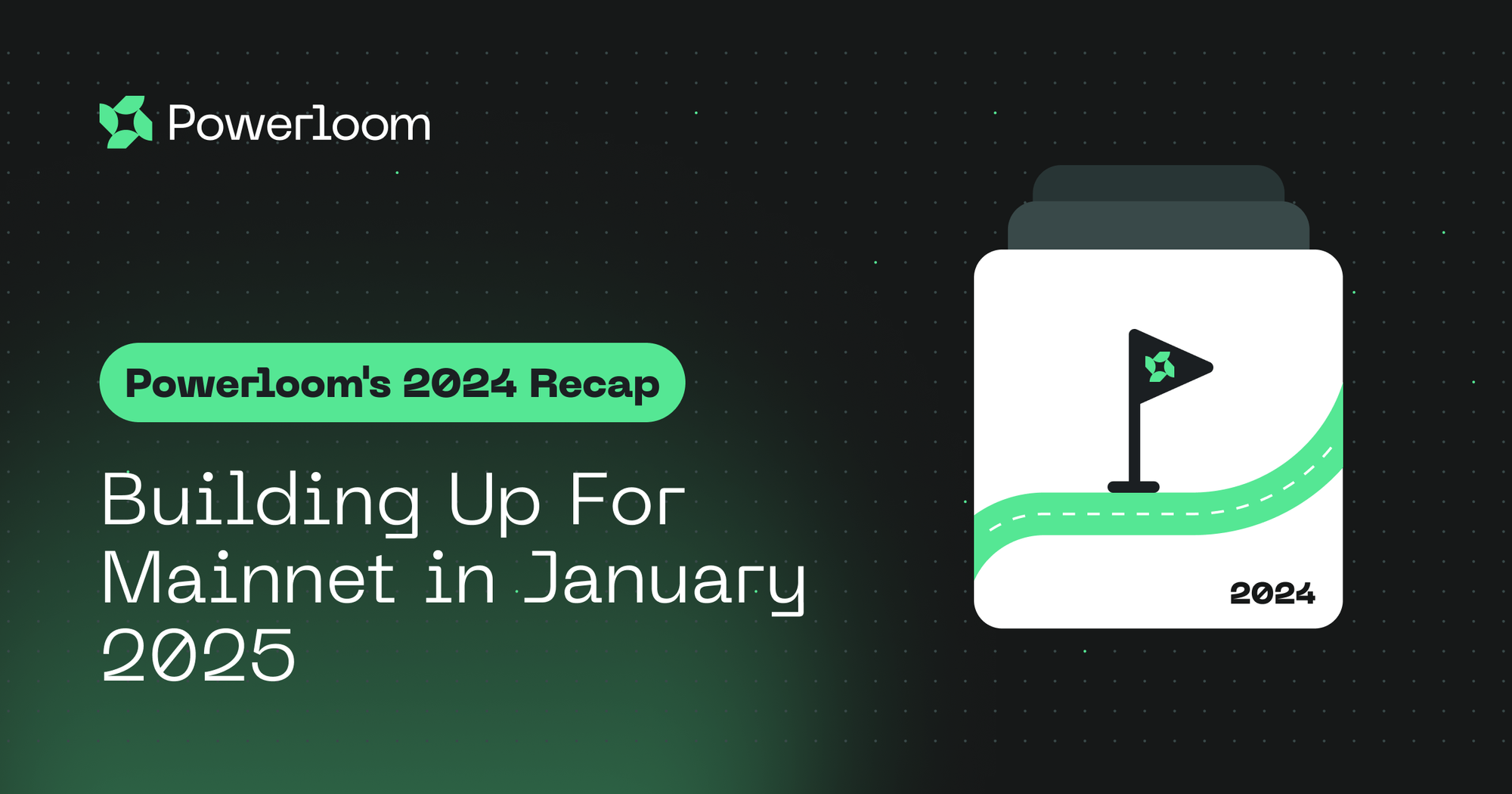
2024 was hands down the most transformative year since we started building Powerloom.
This year we did it all. From truly decentralizing and scaling up the Protocol, democratizing data accessibility with Snapshotter Lite Nodes to shipping next-gen consumer apps like GPM.
With GPM and our self-hosted Uniswap V2, Uniswap V3, and Aave V3 dashboards, we also showcased the richness of apps and frameworks that you can build on top of our composable data network and data markets.
Now we’re ready to unleash the real deal. The Powerloom Mainnet goes live on January 9, 2025. Mark the date. 🗓️
📅 🎯 January 9th 💪 pic.twitter.com/1B0YW1YEoo
— Powerloom Protocol (@Powerloom) December 19, 2024
Mainnet announcement on X (Twitter)
Everything we achieved since 2020—through numerous sleepless nights, thousands of protocol iterations, and relentless innovation—culminates in this milestone.
It’s another big step towards making accurate, reliable, and verifiable onchain truth accessible to everyone, without traditional barriers like cost and complexity.
And as we make final preparations for the Mainnet, it’s worth retracing the journey that led to this moment.
FOR the Community, BY the community
Being open and onchain doesn’t guarantee the accessibility and usability of state data.
Anyone can see low-level information recorded on public blockchains like transaction or block hashes, contract or wallet addresses, public keys used to sign a given transaction, etc. But they typically can’t use them as is. Thus low-level data isn’t directly valuable to most consumers.
However, transforming low-level blockchain data into consumer-friendly bots, dashboards, etc. using traditional data composition techniques requires lots of resources and specialized skills. It restricts web3 devs and hampers onchain app innovations, leaving end-users with less products and services than they could get.
Blockchain facilitates decentralization and accessibility—the technology makes them possible. But you still need focused effort and innovation to make them real and, above all, valuable for the community.
Launching the Snapshotter Lite Node
During Phase 1 and Phase 2 of our Incentivized Testnet, active participation by thousands of Snapshotters—operating full nodes—and extensive community discussions, especially in our vibrant Discord channel, signaled the need for a more accessible version of our Snapshotter node.
So we launched the Snapshotter Lite Node in January 2024. This lightweight implementation runs efficiently on minimal hardware, while maintaining the robust data integrity necessary for production-scale use-cases like our Uniswap V2/V3 and Aave V3 dashboards.
Releasing the Lite node was a big win for Powerloom’s decentralization, accessibility, and the spirit of community-led development.
1/ 🚀 It's happening!
— Powerloom Protocol (@Powerloom) January 25, 2024
Excited to announce the First Data Infrastructure Mint on @0xPolygon.
We’re set to launch over 10,000 data nodes! 🎉
A monumental step in democratizing onchain data.
👉 https://t.co/LDeJuYL3jB pic.twitter.com/u7Z3pI3a8F
Our Snapshotter Lite Node launch marked the first data infrastructure NFT mint on Polygon. Participants of this campaign could mint a non-transferrable Soul Bound Token (SBT) NFT on Polygon PoS and join the Powerloom network in just one simple step.
There was an overwhelming response, with more than 5200 slots minted within the first week. We immediately kicked off the testnet for Snapshotter Lite nodes. Soon after, amidst the surge in network participation, we also announced our public mint on Base—another first.
Currently, Powerloom has 5300+ globally distributed Snapshotters, who have already generated more than 1 billion snapshots. And with that, we achieved real scale.
New Heights Bring New Challenges
Over 5000 Snapshotters submitted datasets across thousands of project IDs per epoch. This was the ultimate stress-test for the V1 testnet, but also for Powerloom’s infra as such.
During this phase, the Solidity-based Protocol State smart contract directly received submissions from snapshotters as signed message objects. A trustless framework of relayers facilitated the process. However, on the flip side of effective decentralization and rapid adoption, we faced a significant scalability challenge, with two key issues:
- Protocol State Bloat — Millions of daily submissions from thousands of nodes generated several terabytes of data, making the protocol state too heavy to maintain its efficiency. Lots of snapshots piled, causing performance bottlenecks like confirmation delays and increasing operational costs.
- Transaction Loss — Relayers often experienced transaction drops during peak network activity, which meant around 5% of submissions were being lost daily. This amounted to a lot of datasets at scale.
Even if it involved a minor percentage of incidents, such lapses ultimately affected Powerloom’s composability and the integrity of generated datasets.
For example, they could have a negative impact on the accuracy of higher-order, aggregated data points (24-hour price action, 7-day trading volume, etc.) pivotal to complex use-cases like our Uniswap and Aave dashboards.
That too, with one data market on a single chain, despite a cap of maximum two submissions per snapshotter per epoch. We realized it was time to scale up further for the network to support our multi-chain, multi-protocol vision.
Deploying the Mainnet on V1 could pose various challenges: occasional downtime or inaccuracy, security risks, and other operational inefficiencies. Also, our consumers might have still required multiple RPC subscriptions to ensure redundancy and uptime—opposing Powerloom’s purpose.
So we decided to refactor the protocol early on, before sailing into the stormy open waters of the multi-chain, multi-use-case Powerloom Mainnet.

Innovation Creates the Path to Maturity
In September, we shipped the first iteration of our Protocol v2 upgrade, along with the Pre-Mainnet simulation.
It was the testing ground for our revamped architecture with an updated workflow where Snapshotters interact with Sequencers over low-level communication streams built on the libp2p connection protocol, and do not submit directly to the protocol state contract. Sequencers batch snapshots from multiple snapshotter peers, submit these batches to IPFS, and anchor proofs on the protocol state contract.
Apart from this, the upgraded Protocol also features support for Validators. These nodes verify and attest that the snapshot batches Sequencers submit to IPFS are correct, before committing finalized datasets to the Powerloom chain. Currently Powerloom is operating the validators and their attestations which will be added to and ultimately replaced by the community in the future.
Besides such major upgrades, we also implemented granular improvements. For example, the ‘local collector’ service in the Snapshotter node. It is a lightweight, highly performant component that collects the stream of generated snapshots from the snapshotter node’s computes and submits them to the sequencers specific to data markets.
By innovating this novel approach to sequencing and expanding the concept of rollups to align with the needs of our composable data network, we laid a more robust and mature foundation for Powerloom.
The network became more scalable, but also more accessible (both geographically and in terms of resources). Moreover, the accuracy, precision, and overall integrity of generated datasets are guaranteed through multiple checks and cryptographic proofs.
Sequencers, for instance, verify that only submissions from eligible snapshotters go through in any given epoch. They also check whether submissions are made within the ‘active’ window to ensure that finalized datasets precisely represent their specific block heights.
Finally, while operating offchain for scalability, sequencers anchor all proof onchain so their validity is out there for anyone to confirm. This aligns with open-source software development best practices—and with that, Protocol V2 marked the coming-of-age phase for Powerloom.
Ready for Mainnet — The Future is Here
After three iterations of Protocol V2, with constant innovation and fine-tuning along the way, we’re confident in Powerloom’s ability to serve precise, accurate, and accessible onchain data without downtime or compromises.
Our conviction is also rooted in the results we got from live consumer apps running on top of the renewed infra. With the Aave V3 integration, for instance, we’re now supporting two distinct data markets which showcase how the network handles billions of snapshots without a glitch.
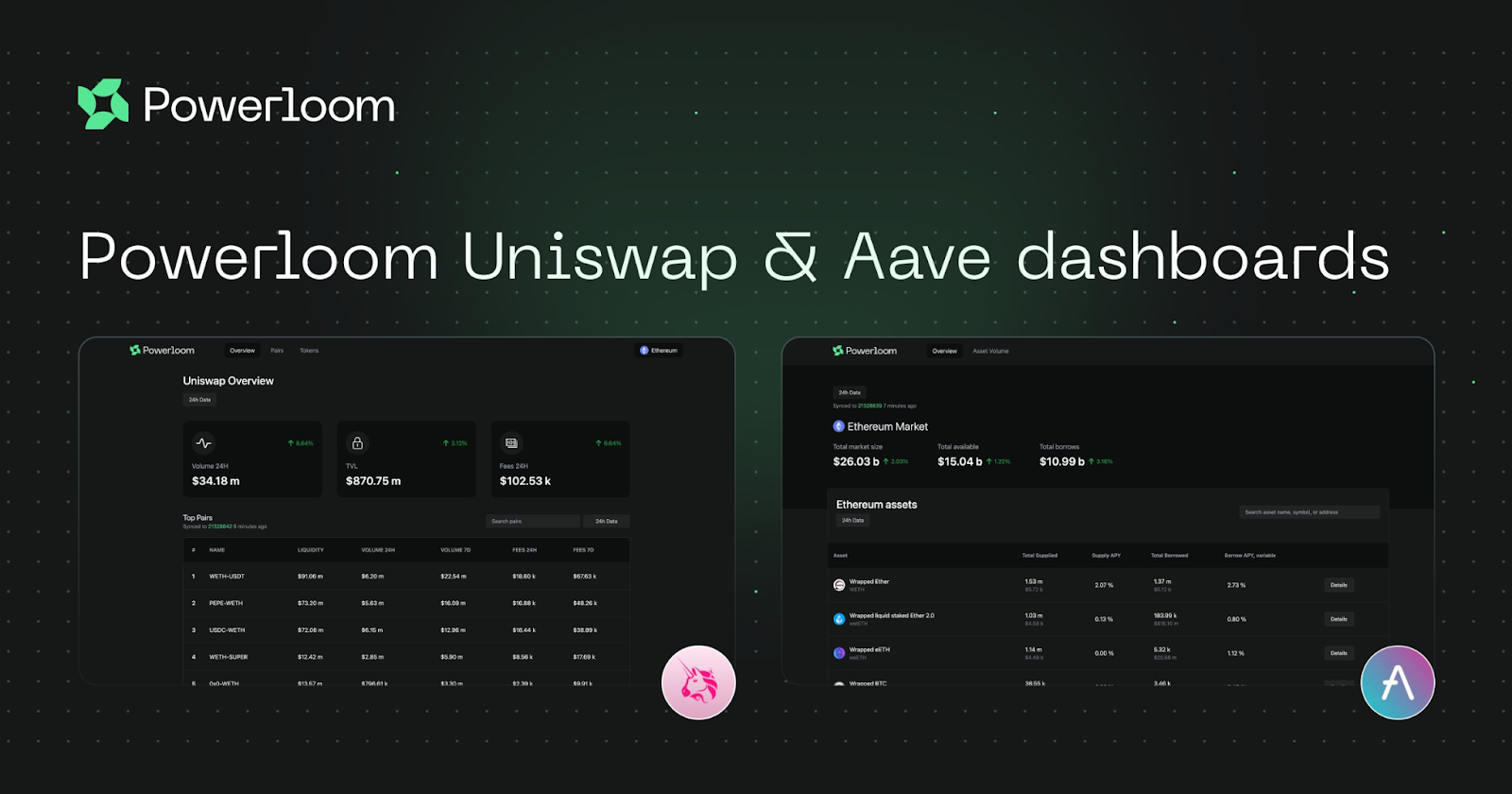
Moreover, during V2’s second iteration, we turboshipped Onchain Points (OCP) to incentivize network participants with $POP rewards.
By this time Powerloom’s core was also stable enough for our best, most comprehensive use-case so far—i.e., Generative Prediction Markets (GPM).
Leveraging the real-time sync, integrated consensus, and other features of datasets generated on Powerloom, GPM automatically creates and resolves micro-prediction markets. Without any human intervention or the need to use external oracles that introduce new trust assumptions.
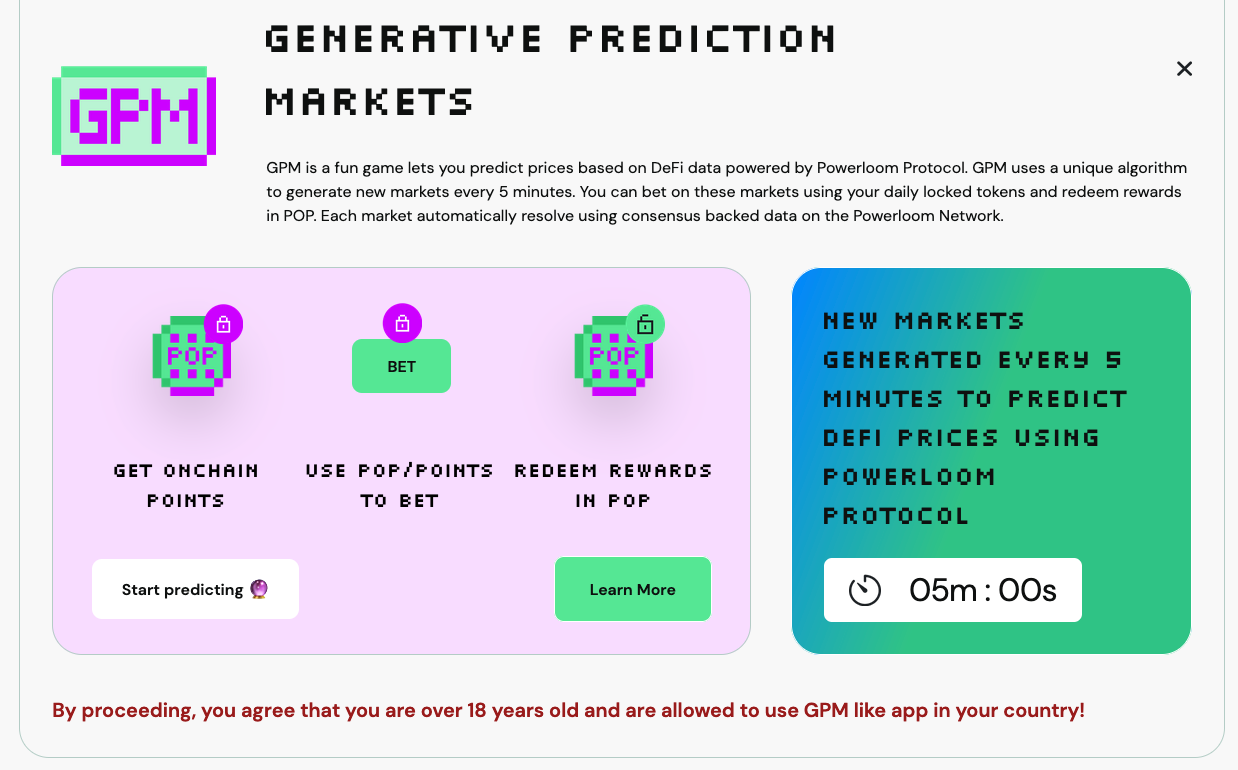
GPM combines insights and information from every Powerloom-based data market. It also has a Farcaster integration, so you can access these prediction markets directly from your social feed. GPM is a testament to how being powered by decentralized, composable datasets ultimately enhances the decentralized UX. Neither web3 consumer apps like these nor their users have to be tied to a single, static interface like a centrally hosted webpage to interact with the games and markets.
Besides offering a glimpse of Powerloom in action, we catalyze the evolution of next-gen social networks with Onchain Points and GPM. Recognizing that the future of social media is onchain and observing the simultaneous rise of prediction markets where community beliefs align with measurable outcomes and novel revenue streams, we delivered the framework to bolster the incentivization of truth in onchain social interactions.
It ensures greater accountability and integrity for claims people make or the content they post online. Plus, you can monetize your convictions, instead of merely yapping about your favorite tokens or onchain assets.
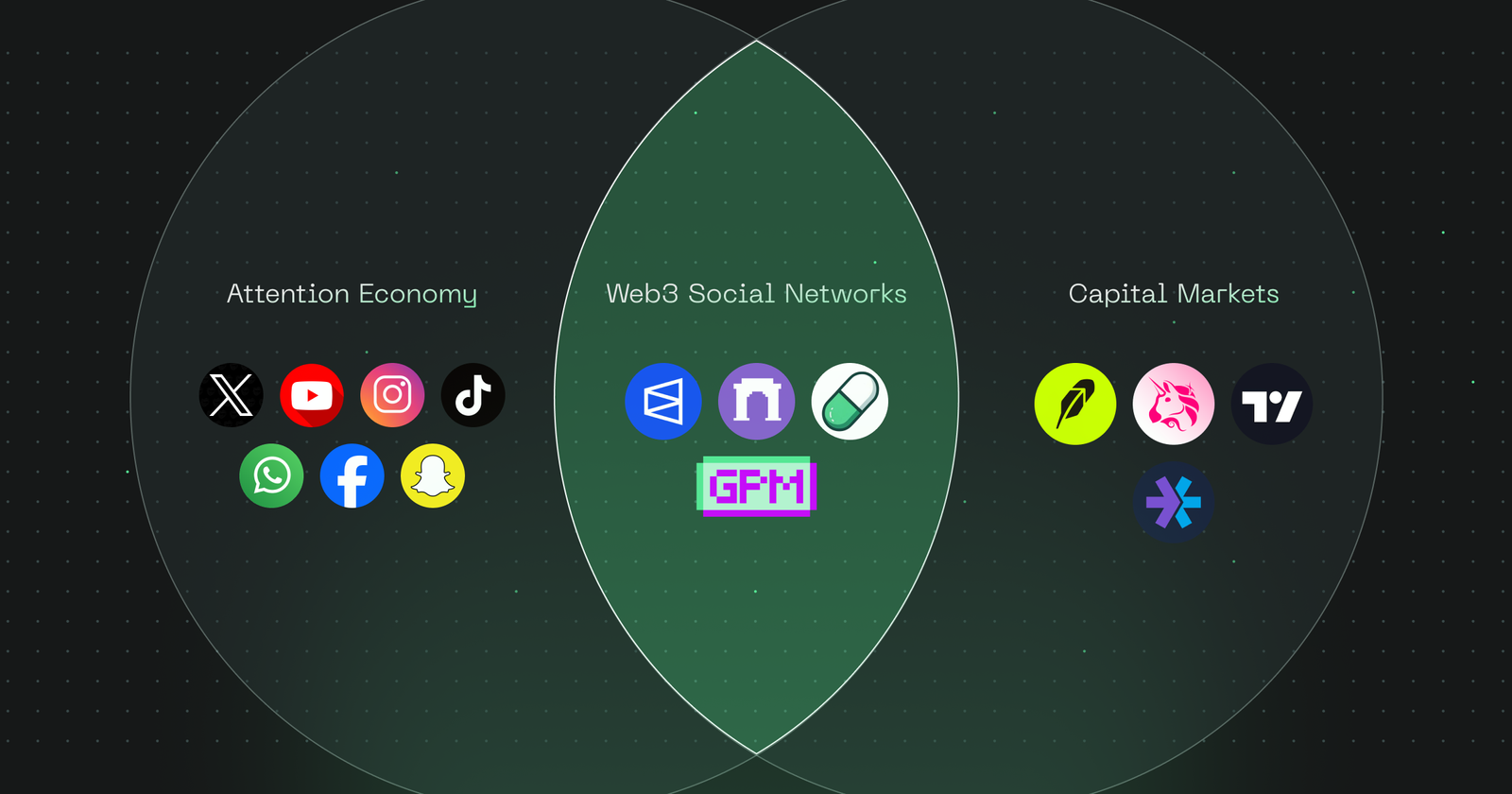
Now with over 5K daily and 40K weekly bets, GPM and the underlying protocol architecture have proven their mettle. They are performant enough to easily support a fully-onchain tournament for 10,000+ expected participants.
ICYMI, the GPM Tournament is live—it’s your chance to win some $POWER tokens before the Mainnet drops.
500K+ $POWER rewards are up for grab till January 6, 2025. Make sure you don’t miss out. Start here: https://powerloom.network/gpm-tournament.
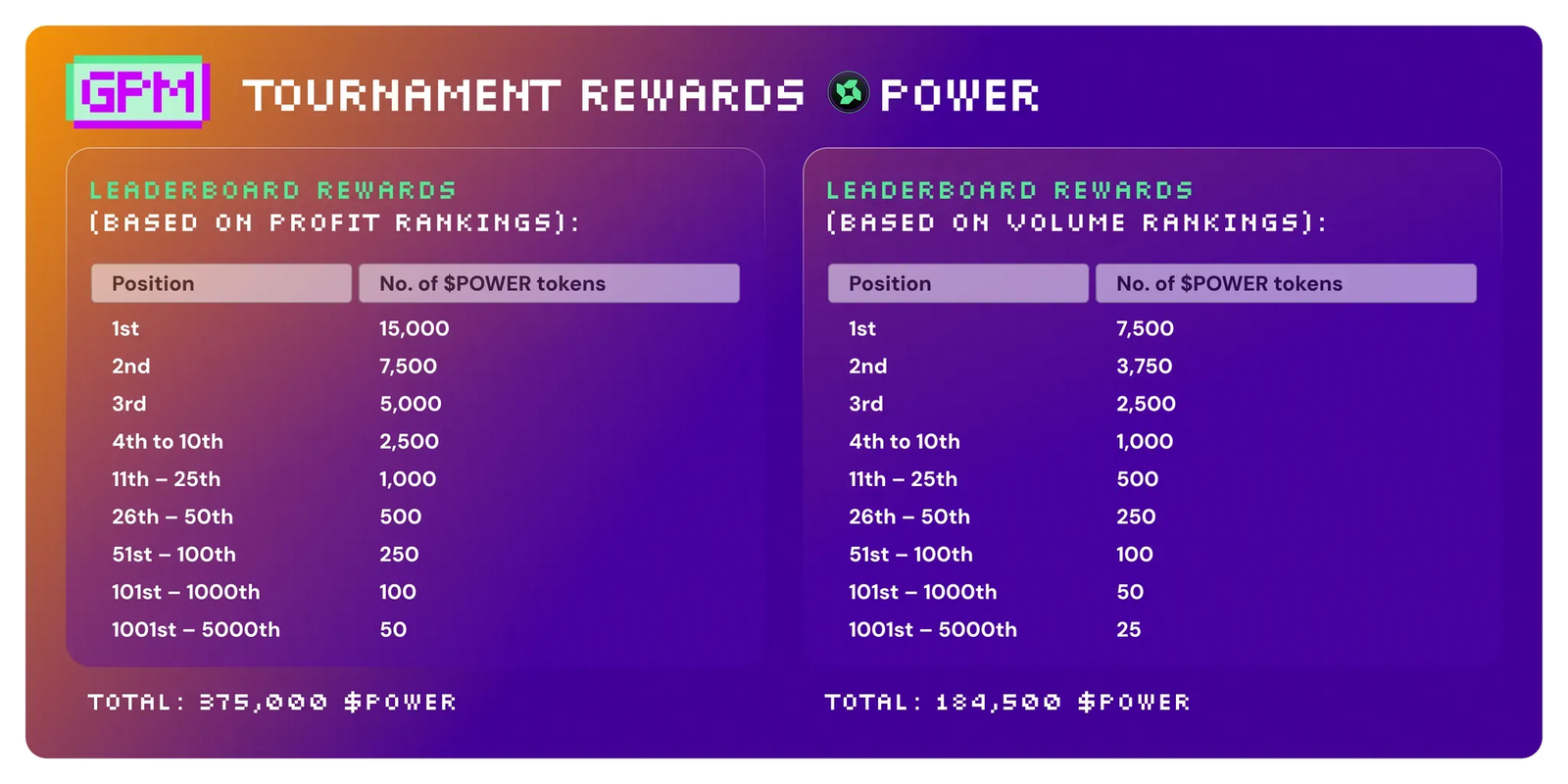
Now when we say we’re ready for Mainnet—we mean it, backed by actual metrics and results.
Moreover, we can be confident in the utility and value of the $POWER token, which will fuel our performant, accessible ecosystem going forward (TGE date to be announced soon).
It’s been a long journey—with much longer to go still—and we’re grateful to all our partners and collaborators. From Eigenlayer, Polygon, Unstoppable Domains to Base Name Service (now Basenames), BlockVigil, Coinlist, Quickswap, Bungee, Safe, Owlto, Mercle and others—WAGMI, together and for real. Because in web3 inclusive collaboration trumps exclusive competition.
In 2024, we also had loads of fun (and lessons) offering bounties, judging hackathons, and in general connecting with peers at ETH Denver and ETHGlobal Bangkok. With hackathon winners like YopiNopi’s GPM-powered Telegram Mini App, we got a glimpse of the diversity of use cases that can be supported by our composable data network.
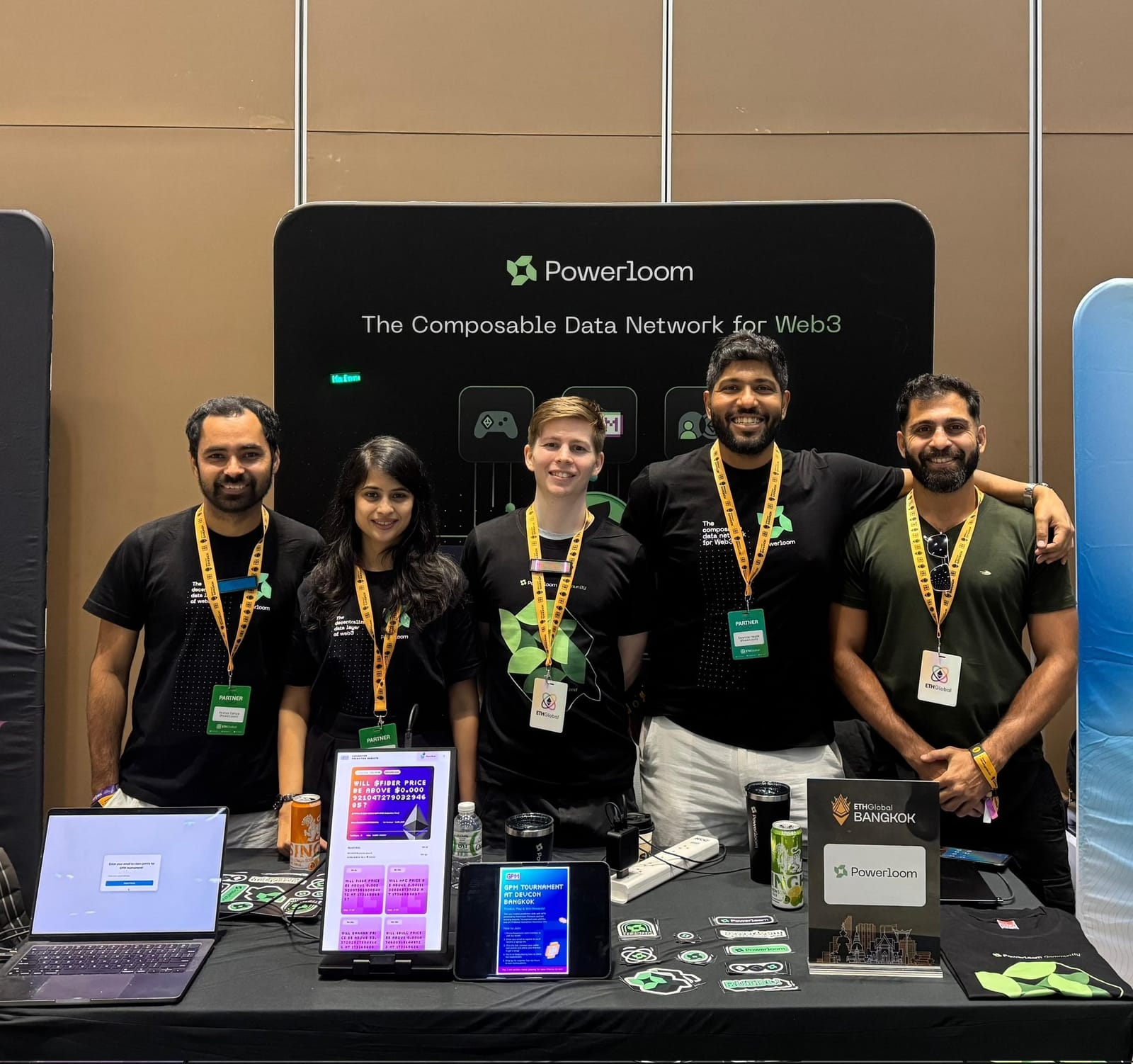
The future of onchain data access is here and you can experience it soon with the Powerloom Mainnet. Web3 devs, end-users, or any data consumer won’t need to spend millions of dollars and hundreds of hours for reliable onchain insights in real-time.
Powerloom will do all the heavy-lifting, letting you focus on innovating and delivering the most value to the community. If you have big ideas and BUIDL energy, data access will no longer be an obstacle. And with that, we will catalyze the creation and growth of next-gen consumer apps in web3.
We have lots of exciting news coming up: TGE date, protocol updates, and more. Stay tuned, stay bullish, and power up for 2025.
And don’t forget to join our community: Discord | Twitter | Telegram | Website | LinkedIn

